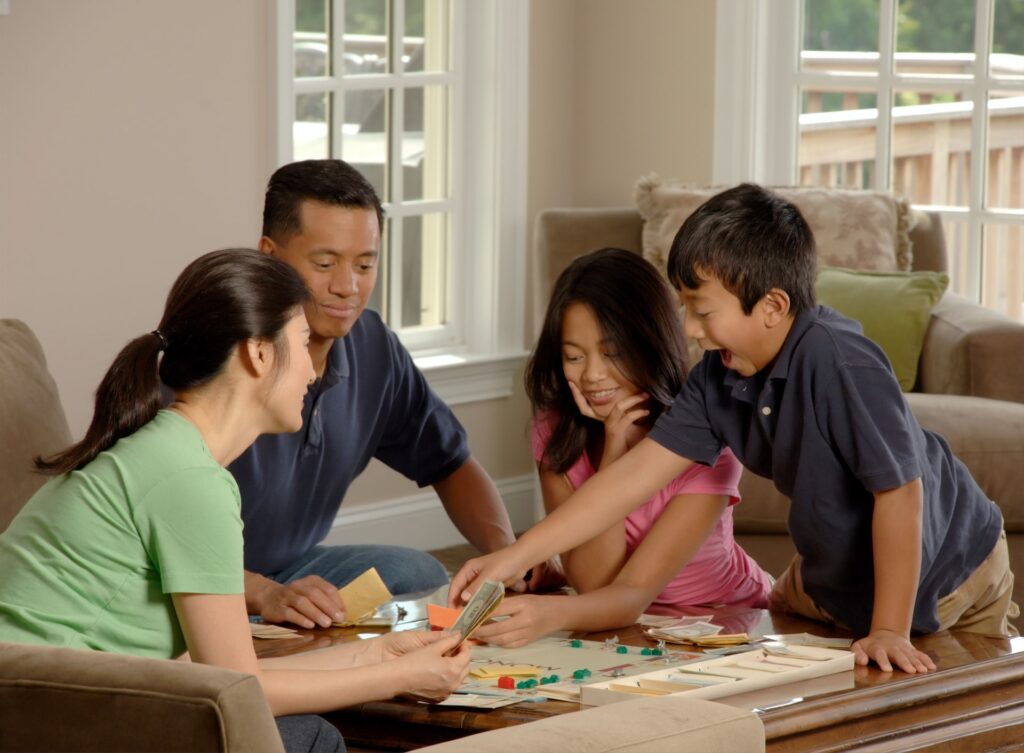Positive reinforcement is a strategy for increasing good behavior in students that can be used in the classroom, at home, and across many different environments. It involves the use of providing students with a preferred item or activity when they engage in good behavior. The useful thing about positive reinforcement is that it’s a simple method to implement and can be individualized to each student. Positive Reinforcement is especially important for special education teachers to learn so that they can best support students with behavior plans in their IEPs. Continue reading in order to learn more about Positive Reinforcement and its implementation, to see examples, and to also learn more about 3 other forms of Operant Conditioning that can assist with behavior management.
What is Positive Reinforcement?
In order to understand what positive reinforcement is, it’s important to first review these terms and their definitions:
- Target Behavior: The good behavior that we want the student to engage in.
- Undesired Behavior: The bad behavior that we want the student to stop engaging in.
- Stimulus: a thing, item, or experience that is provided in response to a behavior (good or bad behavior).
- Operant Conditioning: A method in which a target behavior is encouraged to happen again, or an undesired behavior is discouraged to happen again, by the giving or taking away of a stimulus following either the target behavior or undesired behavior. There are 4 types of operant conditioning, one being Positive Reinforcement.
Positive reinforcement is a form of operant conditioning in which the student is given a preferred stimulus in response to their engagement in the target behavior. The goal is that the delivery of the preferred stimulus will encourage the student to engage in the target behavior again in the future.

Positive Reinforcement Example
An example of positive reinforcement would be providing a student with a break on their iPad (a preferred activity) if they finish their assignment. The target behavior here is completing their work, and the stimulus is the iPad break. Providing the student with a preferred stimulus works to increase their good behavior of completing their work. This form of operant conditioning positively reinforces the target behavior with the goal of increasing the student’s likelihood to engage in this target behavior again in the future.
The 4 Different Methods of Operant Conditioning
The use of either reinforcement or punishment, or the use of positive reinforcement/punishment compared to negative reinforcement/punishment is up to the educator and what form of operant conditioning the student best responds to. The 4 different methods of operant conditioning are:
- Positive Reinforcement – strengthening the behavior by providing a preferred stimulus
- Negative Reinforcement – strengthening the behavior by removing a non-preferred stimulus
- Positive Punishment – weakening the behavior by providing a non-preferred stimulus
- Negative Punishment – weakening the behavior by removing a preferred stimulus
Reinforcement vs. Punishment
Reinforcement strengthens a student’s response. In other words, reinforcing a behavior means encouraging the student to engage in the behavior again. You reinforce target, or good, behaviors. You should not reinforce undesired, or bad, behaviors.
Punishment weakens a student’s response. In other words, punishing a behavior means discouraging the student from engaging in the behavior again. You punish undesired, or bad behaviors. You should not punish target, or good, behaviors.
Positive vs. Negative
A common misconception is that “positive” means good when referring to Positive Reinforcement, Operant Conditioning, and overall Behavior Management. In the context of behavior support, “positive” means adding, giving, or providing something.
Another common misconception is that “negative” means bad. However, “negative” means removing or taking away something.
Reinforcement Examples
As described above, positive reinforcement is providing a stimulus to encourage the behavior to happen again. Negative reinforcement is removing a stimulus to encourage the behavior to happen again. Both positive and negative reinforcement works to increase a behavior.
An example of negative reinforcement would be telling a student that if they keep their hands to themself during the entire recess period, they will only need to read during English for 10 minutes rather than the usual 20 minutes. This is an example of negative reinforcement because it involves taking away the amount of time the student needs to engage in a non-preferred activity. In other words, this involves removing the non-preferred stimulus to encourage the student to continue to engage in the target behavior (keeping hands to self).
Punishment Examples
Positive punishment is providing a stimulus to discourage the behavior from happening again. Negative punishment is removing a stimulus to discourage the behavior from happening again. Both positive and negative punishment works to decrease a behavior.
An example of positive punishment would be giving a student additional homework every time they use swear words in class. This is an example of positive punishment because it involves adding a non-preferred task for the student to do. In other words, this involves providing the non-preferred stimulus to discourage the student from engaging in the undesired behavior again (swearing in class).
An example of negative punishment would be taking away a student’s phone when they do not pay attention in class. This is an example of negative punishment because it involves taking away a preferred item. In other words, this involves removing a preferred stimulus to discourage the student from engaging in the undesired behavior again (not paying attention in class).
Examples Across Operant Conditioning Methods
Strengthening a Behavior
Target Behavior: paying attention in class
- Positive Reinforcement: providing the student with verbal praise when they are observed to be actively engaged in class.
- Negative Reinforcement: removing the student’s weekend homework assignments when they are observed to be actively engaged in class.
Weakening a Behavior
Undesired Behavior: making rude comments
- Positive Punishment: giving the student additional chores to complete when they are observed making rude comments
- Negative Punishment: grounding the student when they are observed making rude comments so that they are not able to spend time with their friends
Positive Reinforcement Implementation
When should I use Positive Reinforcement?
As an Education Specialist working with students with disabilities, I always try to implement reinforcement before implementing punishment, because I believe it helps to foster a safer, trusting, and more welcoming learning environment for students. It’s up to the educator or parent in deciding whether to implement positive or negative reinforcement, or to implement either positive or negative punishment. The choice of method depends heavily on the student and the environment, however positive reinforcement should be considered first because it can help to create healthy motivation for students that is not based in fear or undesired emotions.

What are the Different Types of Positive Reinforcement?
There are many different types of positive reinforcement. The “type” of positive reinforcement depends on the form of stimulus provided to the student. Here are 4 common forms of Positive Reinforcement:
- Natural Reinforcers: stimulus that naturally occurs in response to the behavior (i.e. getting a good grade on a test the student studied for).
- Social Reinforcers: Social approval or confirmation (i.e. verbal praise).
- Tangible Reinforcers: Physical rewards (i.e. preferred items, activities, experiences).
- Token Reinforcers: Points, symbols, tokens, etc. that are given directly following engagement in the desired behavior, which can then be added together to receive a larger, more preferred reinforcer such as a preferred item, activity, or experience.
It’s important to consider the student’s personality and the environment that behavior management is being implemented in when considering which type of positive reinforcement to provide. Some students respond well to token economy systems and are patient for their large reinforcer at the end, while other students do not perform well with token reinforcers because they need a more preferred reward to be delivered immediately following the behavior.
Reinforcement Timing
It’s crucial to provide the positive reinforcement immediately following the behavior so that the student makes the connection between the behavior and the reinforcer. The risk of waiting to deliver the reinforcer is that the student could connect the wrong behavior or action to the provided reinforcer.
When first beginning the implementation of positive reinforcement to strengthen a target behavior, it’s recommended to provide the reinforcer frequently and after every observation of the target behavior. Once the student becomes more fluent in engaging in the target behavior, you could reduce your schedule of reinforcement by providing the reinforcer intermittently (every once in a while at random times), or on a schedule (i.e. every 3rd time you observe the behavior).

